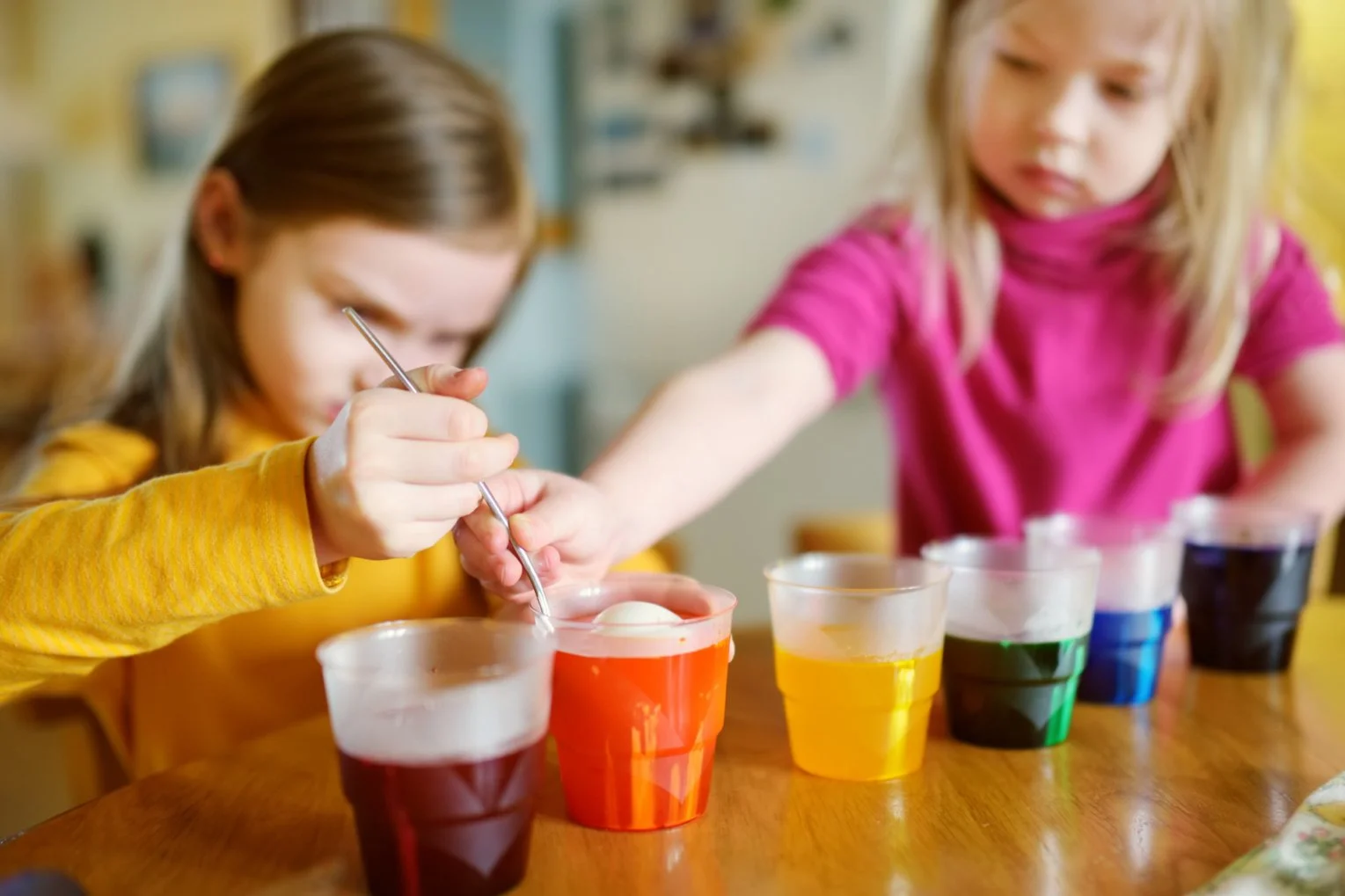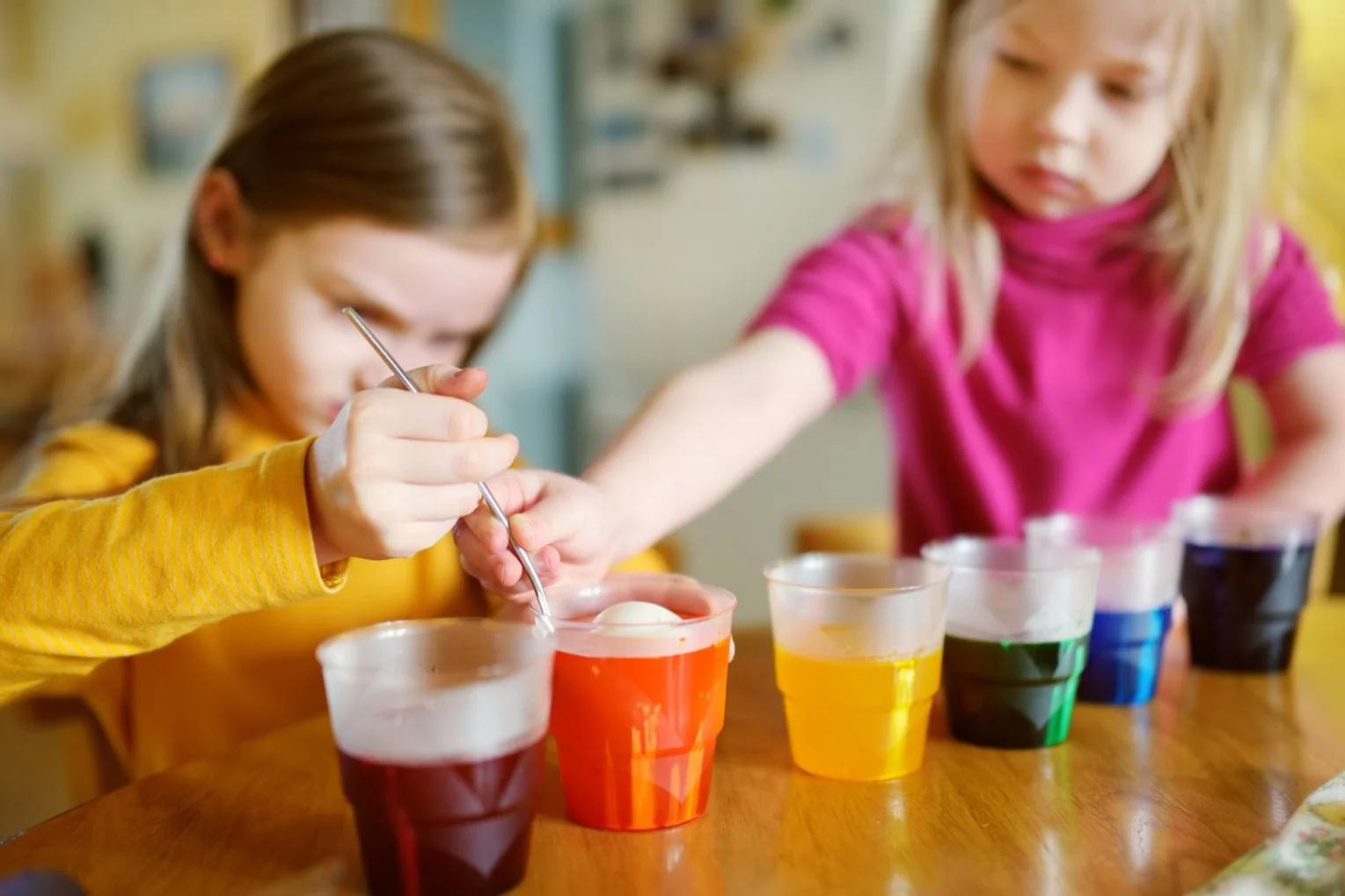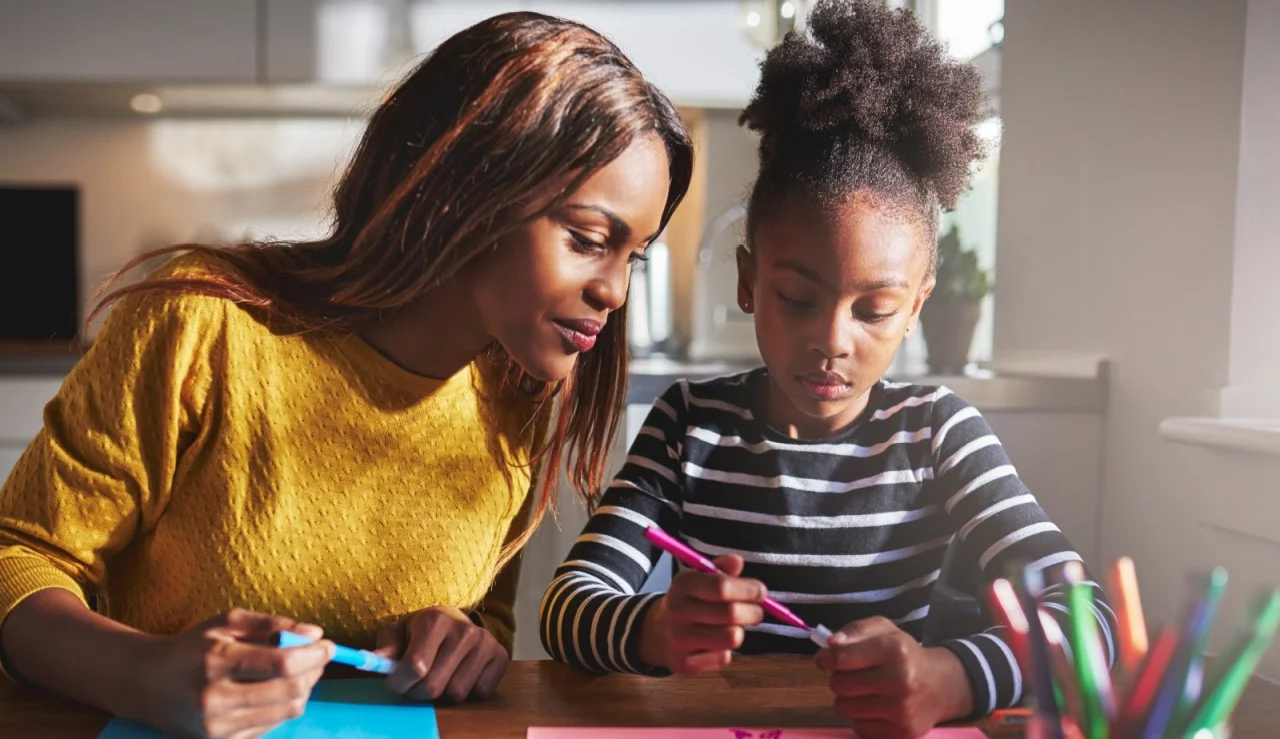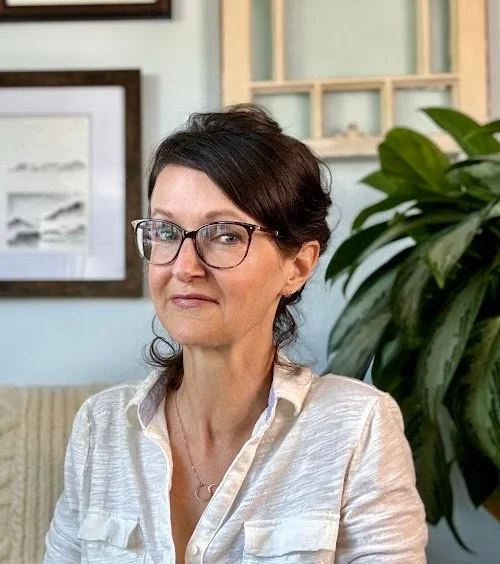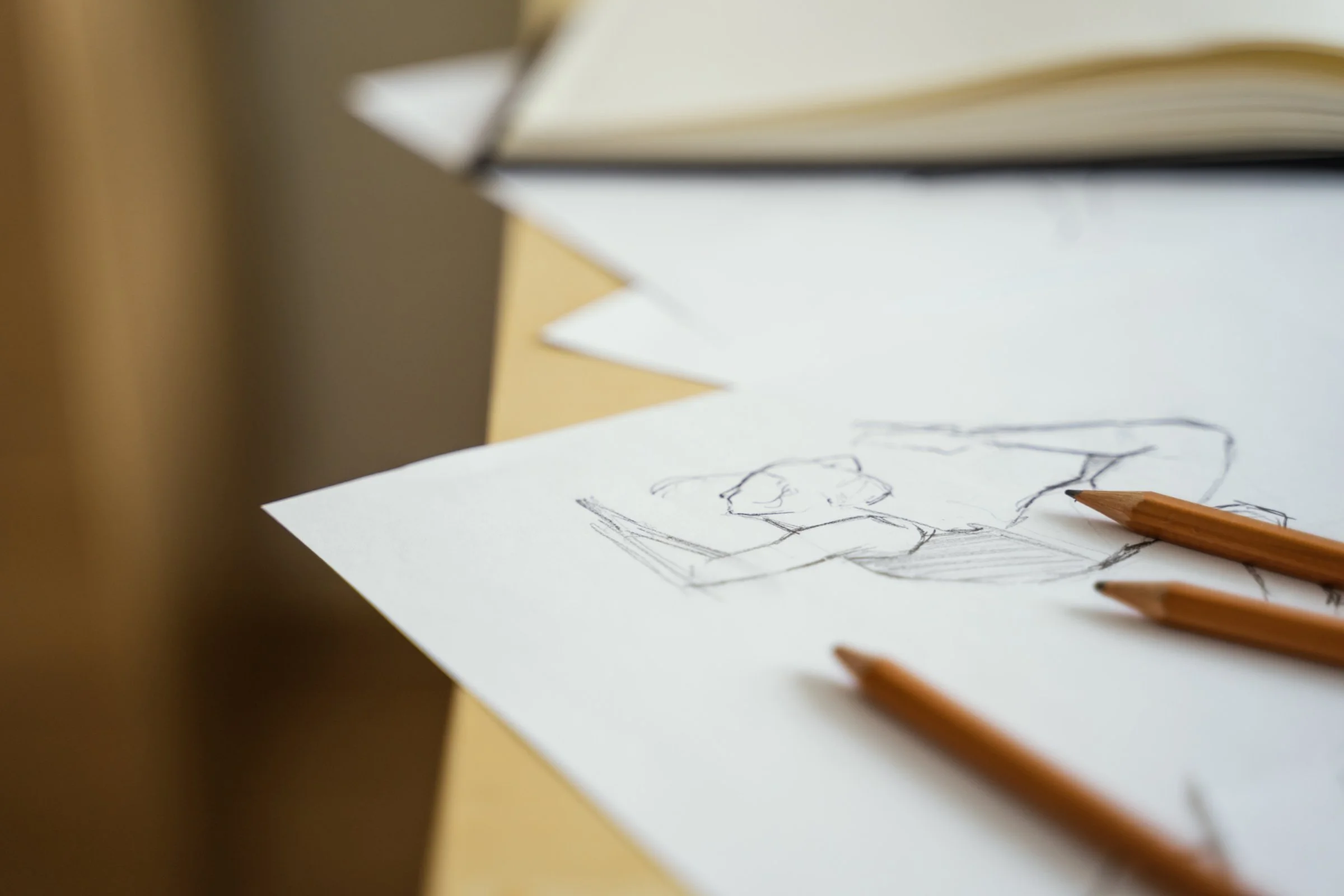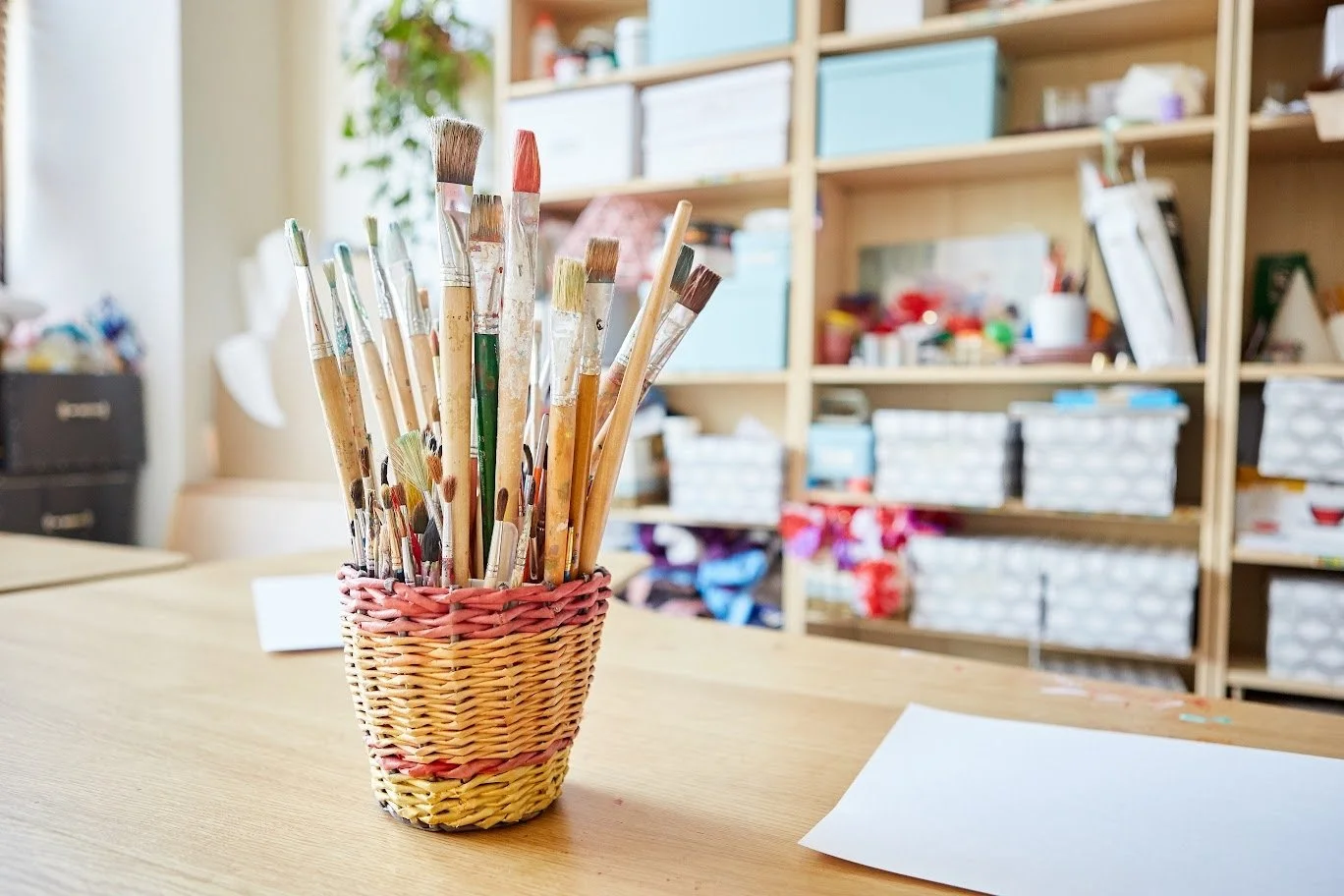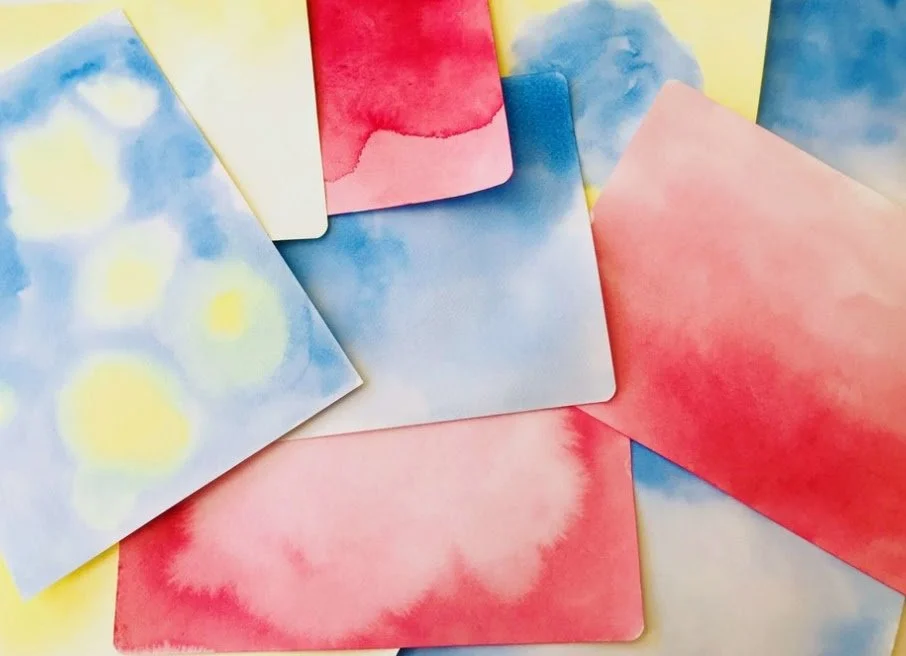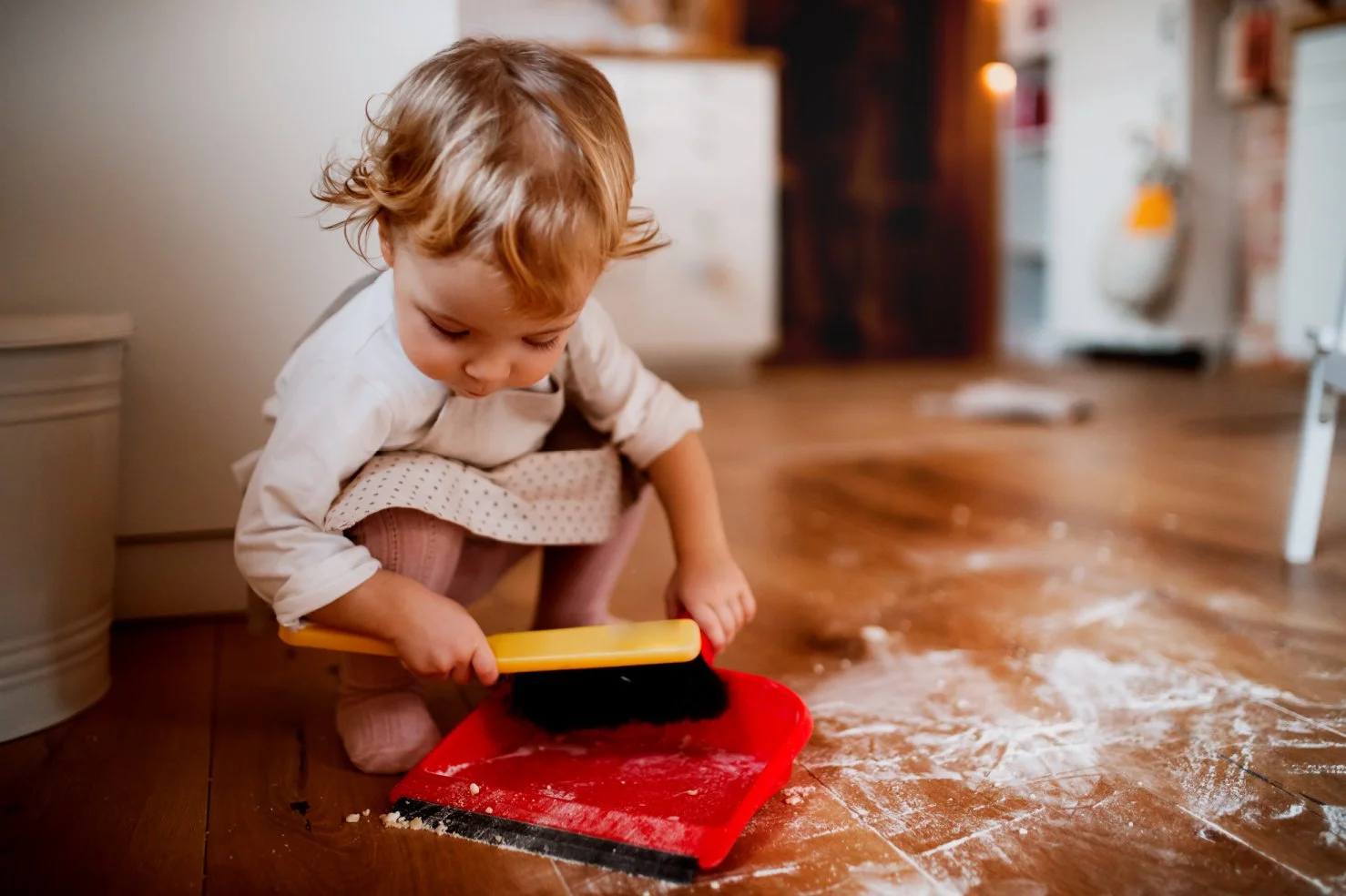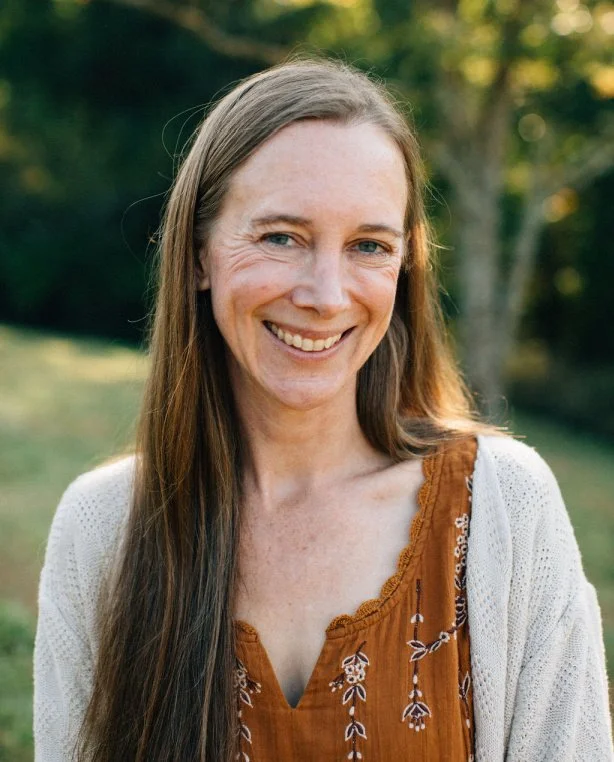
Waldorfish Blog
The Quiet Power of a Weekly Art Rhythm
Where can you find a place for art in the rhythm of your home life?
In the busyness of homeschooling life, it’s easy to feel like we’re constantly moving - navigating lessons, meals, dishes, and the emotional weather of a growing family.
Amid all that motion, creating (and returning to) a weekly rhythm that includes art can feel like a gentle anchor.
This rhythm doesn’t have to be elaborate. It doesn’t require hours of free time or a perfectly tidy table. It’s about carving out a small space, once a week, for quiet creativity. A simple drawing session, a watercolor moment, a bit of modeling with beeswax or clay. These moments aren’t “extra.” They’re essential. (And, if your rhythm is sometimes more of a gentle intention than a fixed schedule, that’s okay too. Even coming back to art ‘when you can’ has power.)
Engaging with art has many benefits for the whole family.
When art is woven into our weekly rhythm, it becomes more than just another subject to check off the list.
It becomes a shared moment of stillness. A way to regulate together. The repetition alone - of knowing art will come again next week - offers calm. It trains us (and our children) to expect beauty, to make space for process, and to feel safe in the creative unknown.
Over time, this rhythm builds a quiet kind of confidence. We learn to show up, even when we’re tired or distracted. And our children see us doing that - not perfectly, but consistently. They learn that creativity isn’t reserved for artists or experts. It’s something humans do - week after week, rain or shine.
Taking time to reconnect through art.
In that rhythm, we reconnect with each other. With the moment. And perhaps most importantly, with ourselves.
So if you’re looking for a way to ease the pace, to nourish the atmosphere of your homeschool, or simply to feel more grounded, consider this: a little art, once a week. No pressure. Just presence.
And let that be enough.
If you’d like some support creating your own weekly art rhythm, reach out and/or take a look at our Weekly Art Foundations course.
About the Author
Robyn Beaufoy is Waldorfish’s CEO, and a course instructor for some of our courses - Waldorf Art for Beginners, Weekly Art Foundations, and Simple Season. You’ll find her intuitive touches and influences throughout everything Waldorfish offers! Robyn has been in the world of education for over 25 years, with an MA in Education and a certification in Waldorf teaching - she also homeschooled both of her children. In 2012 Robyn co-founded Waldorfish.com, creating it with the vision of making Waldorf inspired-art and pedagogy more accessible, joyful, and doable for homeschoolers all over the world.
The Importance of Rhythm in Early Childhood.
Enjoy this piece from guest writer and Storytime in the Schoolhouse founder, Becca Lane! For over thirteen years, she has been creating magical moments for families with young children in the classroom and online.
What is rhythm?
Rhythm is the flow of our day and week; what happens in what order.
When we hear “rhythm,” we often think of music. A song has rhythm when it has a steady and predictable beat. The beat holds the song together.
When we talk about the rhythm of our lives, we mean how our day flows. Our day has a rhythm when the parts unfold in a predictable order. For example, your child knows what to expect when they wake up, or bedtime has a similar flow every night, or what you do after school each day is always the same.
The more predictable and consistent the flow of your day is, the more rhythm you have.
Clean-up time can be a rhythmic aspect of the day for the whole family!
A rhythm is different from a schedule.
Rhythm and schedule are often confused, so let’s take a moment to clear up the difference.
A schedule is based on clock time. We write “scheduled” events on our calendar—at a specific day and time.
A schedule is often externally imposed. Your job or school has a schedule. You schedule appointments. These happen at a particular time on a specific day.
On the other hand, rhythm is based on flow and order. It is loosely based on clock time but not dependent on it.
Rhythm has layers.
Our day has a flow or rhythm, as do our week, month, and year. Even the smaller parts of our day have a rhythm. We can add rhythm to any of these layers.
Even the busiest/most chaotic lives can create rhythm.
As little as one new “beat” of rhythm creates consistency and predictability.
Rhythm benefits adults as much as children.
We often focus on our children and the benefits for them but a rhythm benefits adults just as much. I am amazed each time I make the effort to create a new rhythm in our day or week--I see how much it benefits me and eases some of my own overwhelm.
Rest and reset: an essential aspect of daily rhythm!
What are the benefits of rhythm?
Rhythm is one thing we can add to our life that actually simplifies it.
Children can feel anxious, overwhelmed, and out of control when their days unfold randomly without any underlying consistency or predictability. They don’t know what will happen, when, or what is expected of them if/when it does.
Rhythm creates predictability and consistency.
Research shows children experience less anxiety and overwhelm and more connection and ease when their days are predictable and consistent; when they generally know what to expect during the day.
Rhythm reduces anxiety.
We live in an increasingly unpredictable world that makes many (most?!) adults and children anxious. One way to protect our children from the anxiety this creates is to add predictability to our family life.
Creates time for what matters.
Life can become busy, full, and chaotic once you become a parent! Creating a rhythm allows you to carve out time for what matters for your family, whether it be regular family dinners, weekly hikes, or slow Sundays at home.
(The Waldorfish community saves $10! Use code RHYTHM4WALDORFISH .)
How do I get started?
Pre-made rhythms rarely work.
You’ll likely find lovely rhythms posted on social media or included in purchased curriculum. However, taking a pre-created rhythm and making it work in your life is hard. Our individual lives and all the moving pieces are just too different.
One small, doable change.
Most of us assume we are supposed to create a new rhythm from morning until night, Monday through Sunday, and wake up one Monday morning and implement the whole thing. Well, I hate to tell you, but this usually doesn’t work! This level of change takes a tremendous effort to pull off and is unsustainable in the long run. Humans can’t create this many changes at once!
Instead, adopt the principle of “one small, doable change.” Create one new rhythm, implement it, and wait until it becomes a habit. Then, add another. Repeat until you reach a rhythm that works for your family.
First, focus on connection.
When we add our first “beats” of rhythm to our day, adding a tidy-up time or cleaning rhythm can be tempting. Instead, start with a consistent and predictable moment of connection with your child. Let the foundation of your rhythm be built on connection. Once the foundation has been laid, you can add on from there, including more practical elements like tidy-up time or dinner prep.
Start with sleep times and mealtimes.
Keep it simple: share a meal together!
When you are beginning to build your rhythm, start with a sleep time or mealtimes. Add one new “beat” of rhythm to that time of the day.
Add something you can easily do the same way every day. (Hint: it shouldn’t have lots of steps or involve a lot of materials.)
Keep doing this until it is a habit. Just one steady “beat” will create rhythm!
Then, add another “beat” to another time of day.
Repeat until you have a unique rhythm that works for your family.
Examples of “beats” of rhythm that add connection:
Go on a walk after breakfast each day.
Have warm tea and muffins after school every day.
Light a candle at dinner each evening and share a family blessing. (“Blessings on our meal, and everyone near and dear.”)
Read books together on the couch for 30 minutes each night before bed.
About the Author
Becca Lane creates magical moments of connection between children, families, and the natural world.
For over thirteen years, Becca ran Little Round Schoolhouse, a mixed-age children’s garden for 3-7-year-olds. In 2020, her work shifted online with the creation of Storytime in the Schoolhouse, an online program that helps parents provide their young children with a rhythm of songs, stories, and creative projects.
*This post contains affiliate links. Waldorfish is a big fan of Storytime in the Schoolhouse, and believe it will help support you and your family! Looking for something?
Welcome to Waldorfish! We started this adventure in 2012 out of a desire to make Waldorf training more accessible to class teachers in remote locations and to homeschooling families everywhere! Read more, click here.
WE WON! Our Weekly Art courses were voted “best interactive art program.” Learn more about the award, here.
A few of our most popular blog posts:
